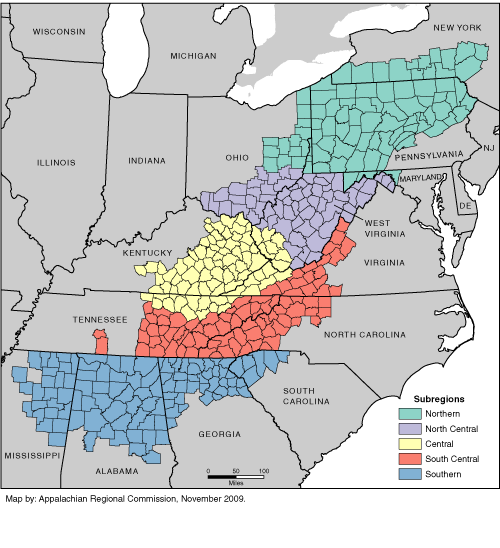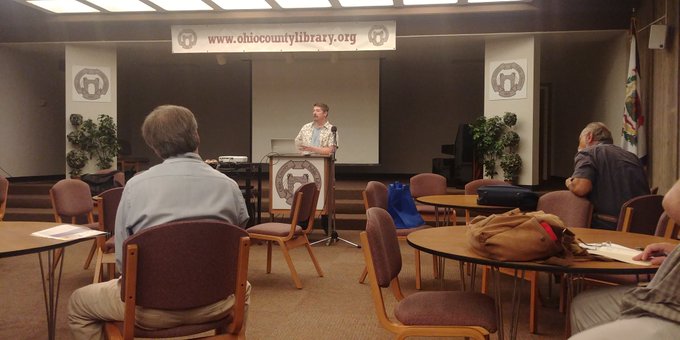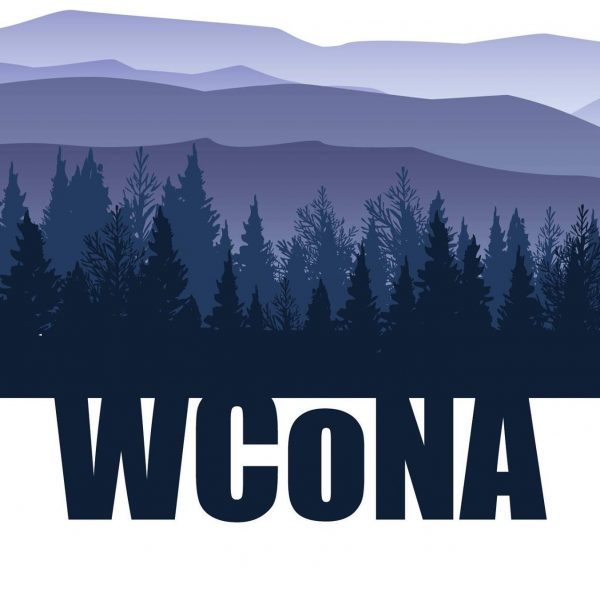
On September 8, about three dozen people crammed into the First State Capitol Building in Wheeling, West Virginia to discuss who, what, and where they are as a collective group as Northern Appalachian writers.
As the final scheduled event of the Writers Conference of Northern Appalachia, attendees joined in a group discussion of where the region and its writers should go moving forward.
The two-day conference featured seven sessions of presentations occurring in the Capitol building and the Ohio County Public Library, covering regional poetry, small-press publishing, and more. Published writers held a book sale and the hallways became breakout areas where business cards, handshakes, and ideas were shared.
Northern Appalachia is a difficult-to-define sub-region of Appalachia, which is itself the subject of contentious debate over its borders and culture. Although the Appalachian Regional Commission defines Northern Appalachia as the Appalachian counties of Ohio and West Virginia above the Mason-Dixon line, as well as all of Appalachian Maryland, Pennsylvania, and New York, the sub-region defies easy categorization.

While Appalachia has historically been defined as part of the “upland South,” Northern Appalachia is without a doubt part of the North. Despite this fact, it is also often the target of hillbilly stereotypes, and the sub-region is increasingly dealing with issues similar to those faced throughout greater Appalachia. With the ambiguous regional boundaries, the Writers Conference sought to mark off its territory to both its attendees and observers.
A major theme of the conference examined the ways Northern Appalachia’s unique geography allows it to be included in Appalachia while marking it out as separate. As Matthew Ferrence of Allegheny College noted during a reading of his memoir, Appalachia North, the “Northern Appalachian Mountains” aren’t really mountains in the same way those in southern West Virginia are. Instead, they are the “dissected” Allegheny Plateau, worn down by millions of years of erosion from the Ohio River watershed.

The difference isn’t trivial: It’s had important implications for Northern Appalachia’s distinct economic and social development. While coal continues to be mined in many parts of the Upper Ohio Valley and western Pennsylvania, the types of coal and extraction differ from those in the Central Appalachian coalfields, which are the stereotype of “Appalachian-ness.” Furthermore, the region’s location close to the Great Lakes allowed the region to develop a more diversified industrial economy than parts of Central Appalachia.
Those Northern Appalachian qualities are in the region’s literature and were frequently brought up during the conference. In one session, West Liberty University Professor Scott Hanna presented on poets of the Ohio Valley and noted a “steel mill machismo” theme in their poetry.
Many of the writers—both those presenting and those in the audience—alluded to their own expatalachian narratives and how their time away influenced their writing. Benjamin Morris, an English professor at Appalachian State University, discussed how he often wrote about his northwestern Pennsylvania hometown when he was a student in Nevada and North Dakota.
An oft-cited complaint by many of the attendees was how their writing did not fit into the existing ideas of Appalachian literature. While many Appalachian writers are celebrated, they tend to come from the central or southern sub-regions, and many have been featured in journals or anthologies dedicated to Southern poetry or literature. In order to create a literary space for Northern Appalachia, the final group conversation of the conference discussed creating a literary canon of Northern Appalachia to be kept at California University of Pennsylvania and established a working group to develop a journal for Northern Appalachian literature and poetry.
By bringing together writers from across the Northern Appalachian region, the conference succeeded in creating a more-refined sense of place and purpose. However, it will take future conferences and conversations to measure the effects.
But with a second annual conference already scheduled and progress being made on the journal, they are well on their way.
Subscribe to The Patch, our newsletter, to stay up-to-date with new expatalachians articles and news from around Appalachia.
Nick Musgrave first became fascinated with West Virginia’s history while growing up in Parkersburg. He continues to read, research and write on the Mountain State’s past from its birthplace in Wheeling. For more neat history and some political snark, follow him on Twitter: @NickMusgraveWV.


